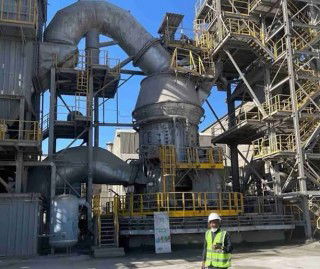CIC-Market Solutions has softened its negative scenario post 2022 for Heidelberg Materials. It has raised its 2023 EBITDA projection to EUR3537m (down EUR128m versus 2022E), versus a previous estimate of EUR3439m. This is despite the prospect of falling demand in 2023 in the main European countries (-3 to -10 per cent compared to 2022).
CIC-Market Solutions advises that the change in its forecast is firstly due to European producers being determined to pass on the increase in factor costs downstream (over nine months, Heidelberg Materials has suffered a EUR140m increase in electricity costs). By the end of 2022, excluding electricity hedging, European cement manufacturers will face an additional charge of EUR40-50/t of cement. In return, the price increases announced these days for application in the 1Q23 are particularly high, says CIC- Market Solutions. Cement prices could see a EUR30-40 increase in the basic price, and EUR15 for the energy surcharge (‘Energiezuschlag’), ie probably +EUR45 to +EUR55 per tonne in all.
Secondly, CIC-Market Solutions’ view has been modified because of the implementation of capping mechanisms in Spain and announcement in Germany of the cap (‘Preisbremse’) on the price of gas and electricity sold to industry, for application at the end of February 2023. On the basis of 80 per cent of purchases made in year n-1, the industry will be able to purchase gas at a capped price of EUR13 cents per kW/h.
Therefore, CIC-Market Solutions has raised its target price to EUR55 (versus EUR47) and has reiterated its ‘Buy’ recommendation fro Heidelberg Materials. CIC-Market Solutions believes that at the current level the market is already pricing in the negative factors (tightening of the EU-ETS scheme and rampant recession) and does not factor in sufficiently the latest positive events. These factors include the electricity price cap mechanisms to be implemented in Germany which should alleviate the energy bill. Secondly, the reopening of coal-fired power plants which will eventually rekindle the fly ash industry and thus reduce the clinker coefficient in the tonne of cement.
